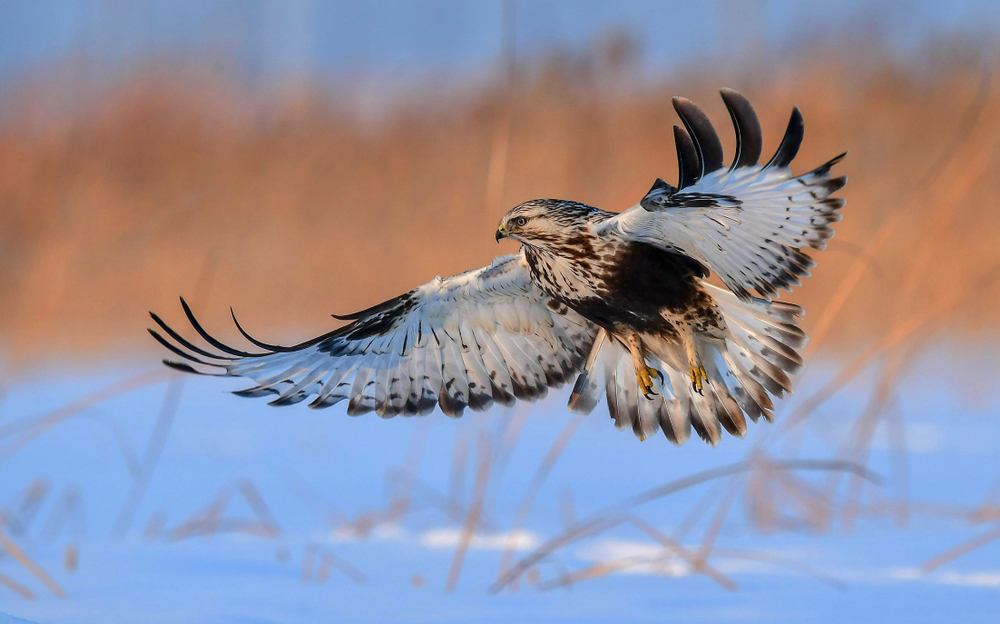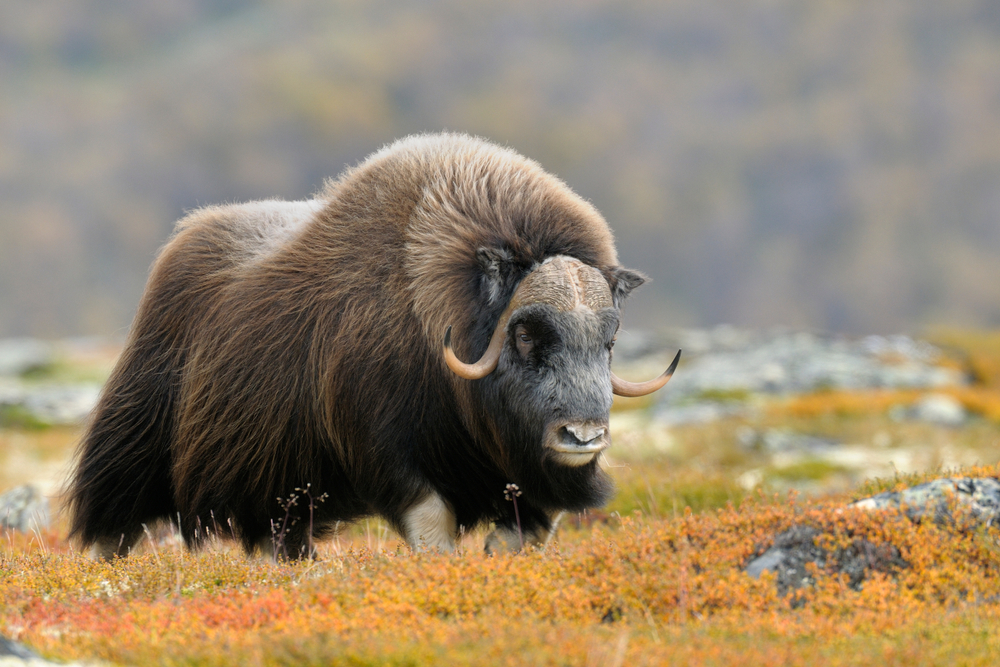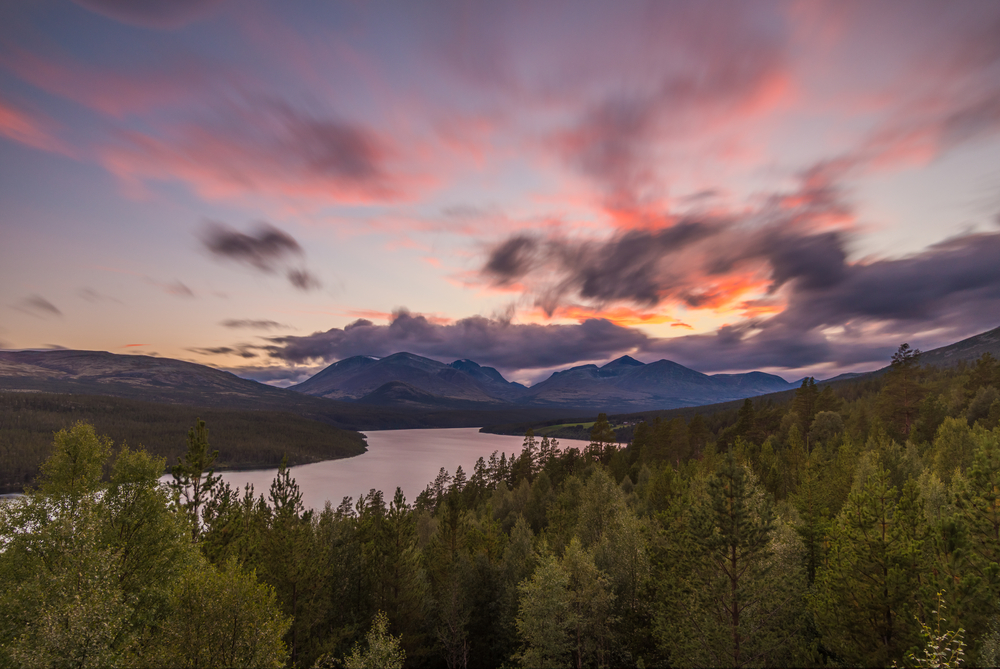Anárjohka Overview
Anárjohka National Park, known as Anárjoga álbmotluonddu in Northern Sami, is a remote and pristine protected area located in the Finnmark region of northern Norway.
The park covers approximately 537 square miles (1,390 square kilometers) and is part of the larger Øvre Anárjohka National Park system, which extends into Finland. This isolated wilderness is characterized by vast expanses of boreal forest, wetlands, and rolling hills, forming a crucial part of the Sami cultural landscape. It is one of Norway’s least disturbed natural areas, offering an experience of untouched Arctic nature.
The park’s terrain consists of an intricate network of rivers, lakes, and bogs that support an abundance of wildlife. The Anárjohka River winds its way through the landscape, shaping the wetland ecosystems that dominate the park. The landscape varies from low-lying marshes to gently sloping hills covered in birch and pine forests.
During the short summer season, the tundra and wetlands burst into life with an array of colorful wildflowers, mosses, and lichen, creating a stark contrast to the long and harsh winters that dominate the region. The park’s forests transition into open fells, providing sweeping vistas of the Arctic wilderness.
Wildlife in Anárjohka National Park is abundant and diverse despite the extreme climate. The area is home to brown bears, wolverines, lynxes, and Arctic foxes, though these elusive predators are rarely spotted. More commonly seen are reindeer, which roam freely throughout the park as part of the indigenous Sami reindeer husbandry. Moose are also frequent visitors to the park’s wetlands and forested areas.
Birdlife is especially rich, with species such as the Siberian jay, rough-legged buzzard, and the rare gyrfalcon making their home in this remote expanse. The wetlands attract migratory birds, including the common crane and various species of ducks and waders.
Anárjohka National Park is known for its isolation, making it an ideal destination for those seeking solitude in nature. One of its most popular features is the opportunity for extended hiking and backcountry trekking through the vast wilderness.
Visitors who explore the park on foot can experience true Arctic silence, broken only by the sounds of nature. Fishing is another popular activity, with numerous rivers and lakes offering a chance to catch Arctic char and grayling.
Canoeing along the rivers provides a unique perspective on the landscape and allows visitors to navigate through some of the park’s most remote areas. The park is also significant for the indigenous Sami people, who continue to practice their traditional way of life, particularly reindeer herding.
Conservation efforts in Anárjohka National Park focus on preserving its unique ecosystem while maintaining the cultural heritage of the Sami people. The park remains largely undisturbed by human activity, with strict regulations in place to prevent overuse.
Challenges include climate change, which affects the delicate Arctic environment, and potential conflicts between conservation goals and traditional reindeer husbandry. However, conservation initiatives have been successful in maintaining the park’s pristine condition, making it a vital refuge for Arctic wildlife and a testament to Norway’s commitment to preserving its natural heritage.












































































